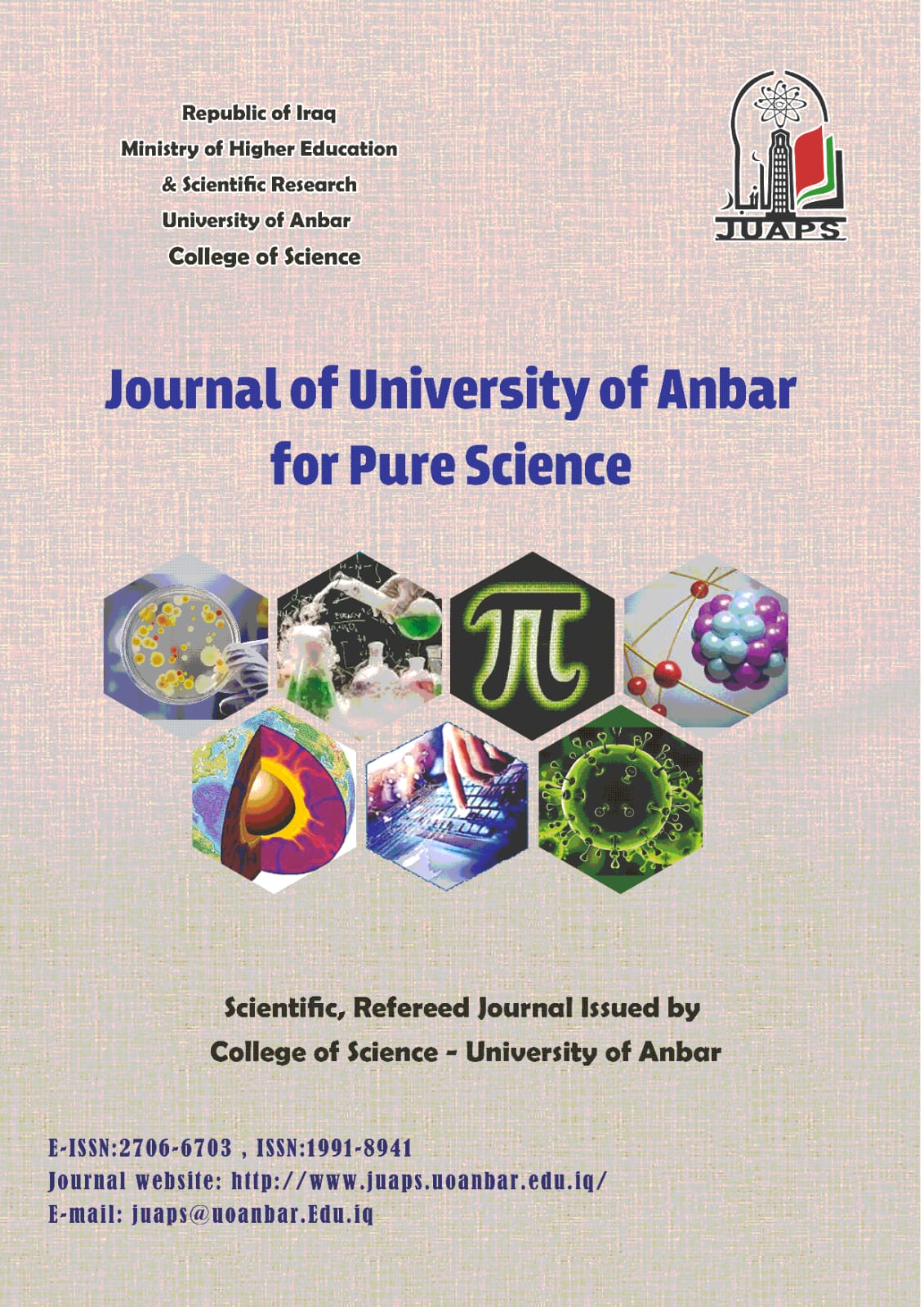Abstract
SSL/TLS is the protocol that is used for the vast majority of secure transactions over the Internet. However, this protocol needs to be extended in order to create a promising platform for the integration of quantum cryptography (QC) into the Internet infrastructure. This paper presents a novel extension of SSL/TLS that significantly facilitates such type of integration. This extended version of SSL/TLS is called QSSL (Quantum SSL). During the development of QSSL, a concentration has been made on the creation of a simple, efficient, general, and flexible architecture that enables the deployment of practical quantum cryptographic-based security applications. Indeed, QSSL efficiently supports unconditionally secure encryption (one-time pad) and/or unconditionally secure authentication (based on universal hashing). A simplified version of QSSL based on BB84 (Bennett-Brassard 84) quantum key distribution (QKD) protocol has been implemented and experimentally tested. This has enabled us to experimentally assess our protocol design based on software simulation of the quantum channel events used for QKD.
Keywords
Key distribution
One-time pad
Quantum Cryptography
SSL/TLS
Unconditional security
Universal hashing.
Abstract
يعتبر بروتوكول SSL/TLS هو أكثر البروتوكولات المستخدمة لاجراء الاتصالات الأمينة عبر الأنترنت. ومع ذلك فإنه يجب توسيع هذا البروتوكول لكي نبني منه أرضية واعدة لدمج تطبيقات التشفير الكمي ضمن الهيكلية الحالية لبنية أمن المعلومات على الأنترنت. يقدم هذا البحث بروتوكولا مبتكرا لتحقيق هذا الاندماج وقد سميناه QSSL. وخلال تطوير QSSL فقد تم مراعاة أن يكون بسيطا وكفوءا وعاما ومرنا قدر الامكان وبما يؤهله لدعم مختلف تطبيقات أمنية الشبكات المبنية على خواص التشفير الكمي. أضافة لذلك، فإن QSSL يوفر – ضمن ما يوفره – امكانية تحقيق التشفير ذو الأمنية غير المشروطة و/أو التوثيق ذو الأمنية غير المشروطة. هذا وقد تم تنفيذ واختبار نسخة من QSSL مبنية على أساس بروتوكول بينيت-براسارد-84 للتوزيع الكمي لمفاتيح التشفير. وقد مكننا ذلك من الوصول إلى القناعة اللازمة لتقويم هذا البروتوكول واثبات نجاعته للغرض الذي تم تصميمه من أجله.
